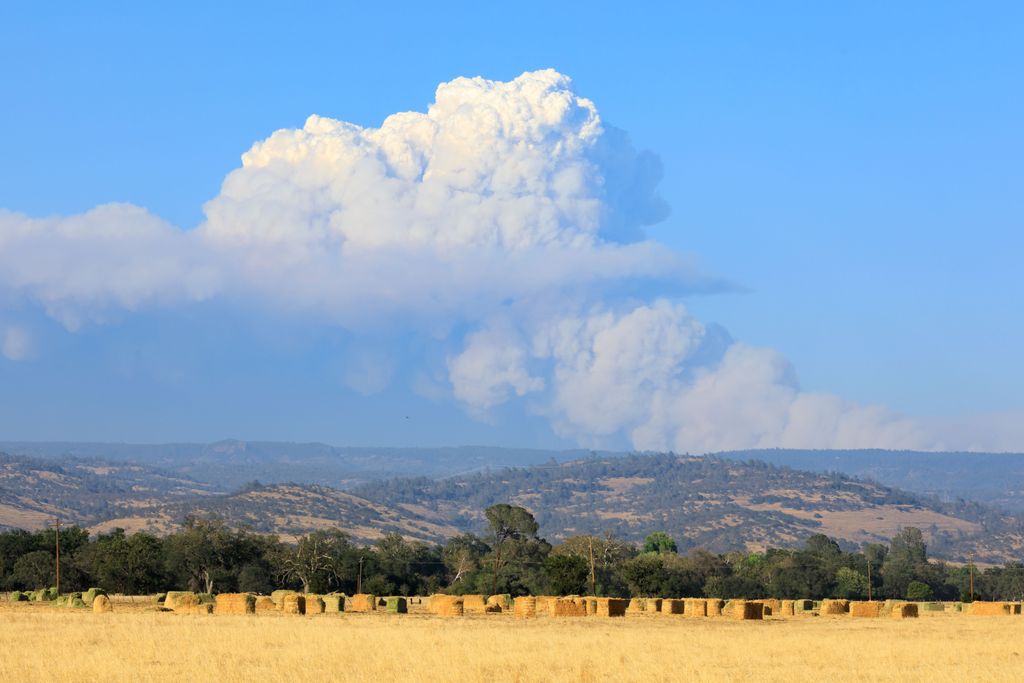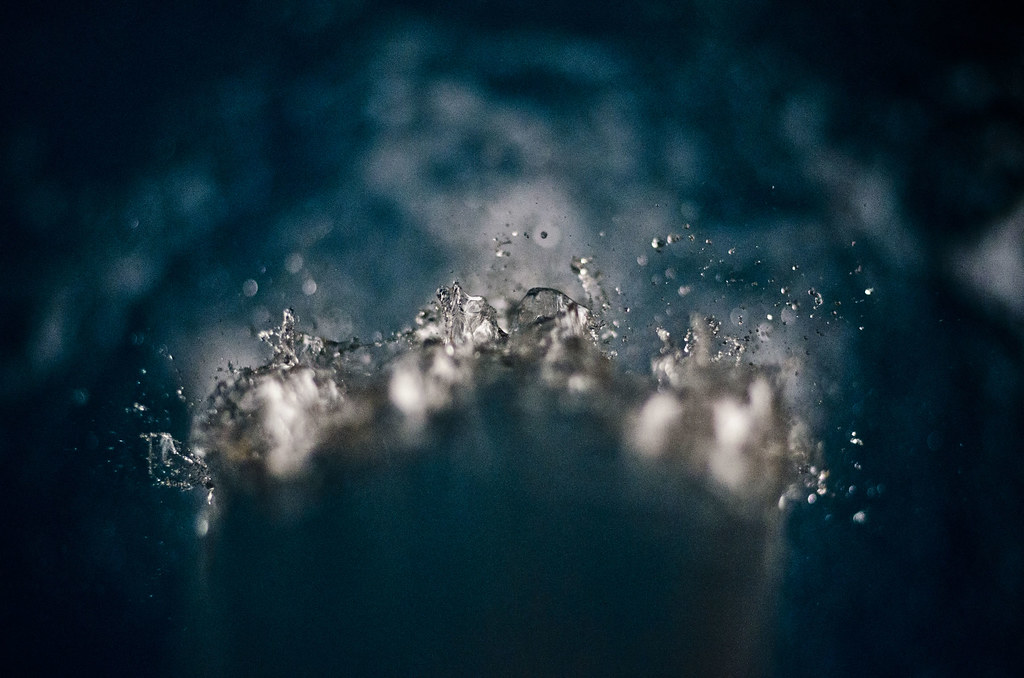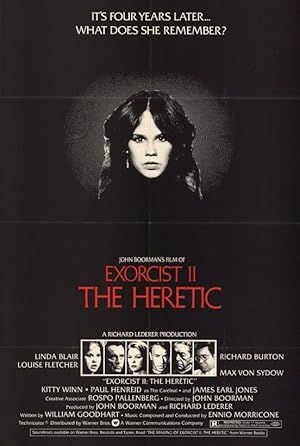
The glitz, the glamour, the magic of the movies – it’s what draws us in, a world where imagination knows no bounds and stories come to life on the silver screen. But behind the dazzling lights and captivating narratives, there’s a stark, often grim reality that reminds us filmmaking isn’t just about creativity; it can be incredibly dangerous. From freak prop accidents to helicopter crashes and even animal attacks, film sets have, throughout history, been sites of profound tragedy, claiming lives in truly heartbreaking and sometimes bizarre ways. These incidents not only leave an indelible mark on the industry but also spark outrage, forcing a critical examination of safety protocols and the lengths to which productions will go for their art.
Indeed, the statistics paint a sobering picture. Between 1980 and 1990 alone, 37 stunt performers tragically lost their lives, with a significant 24 of these deaths involving helicopter accidents. Fast forward to more recent times, from 2002 to 2024, and we find 32 additional deaths occurring on film sets, with 22 of those fatalities directly tied to active productions. While every single one of these losses is devastating, some stand out in cinematic lore due to their particularly shocking circumstances or the lasting impact they had on Hollywood’s approach to safety. They serve as potent, painful reminders that the pursuit of cinematic excellence sometimes comes at an unimaginable cost.
In this first part of our deep dive, we’re going to journey through some of the most shocking and tragic on-set fatalities that have occurred during movie productions. These aren’t just stories of unfortunate accidents; they are testaments to incredible risks, missed safety checks, and the human cost of capturing that perfect shot. Get ready to explore the moments where the line between cinematic illusion and devastating reality blurred with dire consequences, shaping the conversation around safety in the film industry for decades to come.
1. **The Twilight Zone Helicopter Decapitation**Perhaps one of the most horrific on-set accidents to ever occur in film history unfolded during the production of *Twilight Zone: The Movie* in 1982. This tragedy involved actor Vic Morrow and two young child actors, 7-year-old Myca Dinh Le and 6-year-old Renee Shin-Yi Chen, during a Vietnam War sequence that went catastrophically wrong. The scene called for a helicopter to fly through a series of pyrotechnic explosions, but as the explosions detonated, the helicopter, flying dangerously low, became disoriented, lost control, and crashed.
The consequences were instant and devastating. The main rotor blades of the falling aircraft decapitated Morrow and Myca Dinh Le, while Renee Shin-Yi Chen was crushed to death by the helicopter itself. What makes this nightmare even more appalling is the revelation that the two child actors were working illegally on set, without the necessary permits and during prohibited nighttime hours, making the entire situation a heartbreaking confluence of recklessness and devastating misfortune.
The immediate aftermath of this disaster saw director John Landis and four others facing prosecution, though they were ultimately acquitted of charges. However, the tragedy sent shockwaves throughout Hollywood, triggering a monumental overhaul of safety regulations. It became a powerful, albeit tragic, catalyst for stricter enforcement of child labor laws and dramatically changed how pyrotechnics and aerial stunts are managed on film sets, ensuring that such a combination of errors might never happen again.
2. **Brandon Lee’s Prop Gun Tragedy**Another incredibly famous and deeply sorrowful on-set death was that of Brandon Lee, son of martial arts legend Bruce Lee, during the filming of *The Crow* in 1993. This bizarre and almost unbelievable accident involved a prop gun that was supposed to fire blanks but instead discharged an actual bullet, which had been lodged in the barrel from an earlier scene. The sequence of events leading to Lee’s death reads like a perfect storm of unfortunate mistakes, a confluence of overlooked details that resulted in a fatal outcome.
The crew had initially created dummy rounds for close-up shots, which are real bullets with the gunpowder removed but with primers that had not been properly deactivated. During a previous scene, one of these dummy rounds fired with just enough force to push the bullet itself into the gun barrel, where it became stuck, unseen and unnoticed. Later, for the fatal scene, blanks — which contain gunpowder but no bullet — were loaded into the same gun.
When the blank was fired, its discharge propelled the previously stuck bullet into Brandon Lee with deadly force. He was struck in the abdomen and tragically died after six hours of emergency surgery. The film was eventually completed using digital effects and a stand-in, a poignant and somber tribute to its lost star. Lee’s death served as a stark, horrifying lesson about the critical importance of meticulous prop management and firearm safety protocols on set, forever changing how prop guns are handled in the industry.

3. **“The Warrens of Virginia” Flammable Costume Disaster**Stepping back into the silent film era, we encounter a particularly bizarre and devastating accident that claimed the life of actress Martha Mansfield in 1923, during the filming of the Civil War drama *The Warrens of Virginia*. This incident serves as a chilling reminder of the inherent dangers lurking in early filmmaking, particularly concerning materials and fire safety, which were far less understood or regulated than they are today.
Mansfield was taking a break between takes, sitting in a car and wearing an elaborate period costume that featured a large hoop skirt and numerous ruffles. In a moment of tragic carelessness, a crew member nearby casually tossed a lit match. The highly flammable fabric of her costume instantly ignited, and she was engulfed in flames almost immediately. The sight was horrifying, and despite the desperate efforts of co-stars who quickly ripped away much of the burning fabric, the damage was already done.
Mansfield suffered terrible burns over most of her body and tragically died the following day. This shocking fatality underscored the lack of fire safety awareness and the dangers posed by the materials used in period costumes during a time when safety protocols were rudimentary at best. Her death became a somber footnote in cinema history, a stark illustration of how a seemingly minor oversight could lead to such a catastrophic and unexpected loss.

4. **“Hell’s Angels” Triple Pilot Fatality**Howard Hughes’s monumental 1930 aviation war film, *Hell’s Angels*, quickly became infamous for its extraordinarily dangerous aerial sequences, which tragically resulted in the deaths of three pilots during its ambitious production. Hughes, known for his obsessive pursuit of authenticity, pushed the boundaries of safety to achieve unparalleled realism, a quest that ultimately came at an immense human cost, highlighting the perils of groundbreaking special effects before modern safety measures.
Mechanic Phil Jones met his end when his plane crashed after attempting a stunt that went wrong. Soon after, pilot Al Johnson was also killed in another crash while filming a separate sequence. The grim tally was completed by stunt pilot C.K. Phillips, who died in yet another aerial disaster. The dangers were so pervasive that Hughes himself, intensely involved in the flying sequences, piloted a plane and sustained a fractured skull in a crash, a testament to his personal commitment but also the extreme risks involved.
Despite these profound tragedies, *Hell’s Angels* is still remembered for its spectacular and genuinely authentic aerial battles, filmed without the benefit of computer-generated imagery or advanced special effects. Its deadly production history stands as one of Hollywood’s earliest and most vivid examples where the relentless pursuit of cinematic realism came with an unacceptable body count, pushing the industry to confront the ethical implications of dangerous filmmaking practices.

5. **The “Roar” Production’s Animal Attacks**The 1981 film *Roar*, directed by Noel Marshall and starring Tippi Hedren, is often cited as arguably the most dangerous film shoot ever undertaken, a true saga of filmmaking madness. Its insane 11-year production involved a cast and crew living and working among 150 untamed wild cats, including lions and tigers. The concept, which depicted a family living among these animals, was, in retrospect, a disaster waiting to happen, and it tragically delivered on that grim promise.
While the film is most notorious for the sheer number of injuries rather than outright deaths, with over 70 cast and crew members reportedly mauled or injured, at least one crew member did die during the tumultuous filming. The production gained an infamous reputation, often referred to as “the most expensive home movie ever made,” largely due to its prolonged schedule, exorbitant costs, and the constant threat posed by the unpredictable animals.
The animals attacked regularly throughout the epic shoot, inflicting countless stitches, severe gangrene infections, numerous broken bones, and even scalp injuries among the shell-shocked individuals involved. This harrowing production serves as an extreme example of how an unbridled vision, combined with a profound disregard for the inherent dangers of working with wild animals, can lead to a sustained period of terror and profound physical harm, leaving a dark legacy in film history.

6. **Butter – “Last Tango in Paris”**Simulating ual violence is always going to be triggering for some, but “Last Tango in Paris” arguably went too far. In this erotic drama’s most notorious scene, Marlon Brando’s Paul assaults Maria Schneider’s Jeanne using a stick of butter.
What makes this scene so infamous is the revelation that while the attack itself was staged, the use of butter was entirely unscripted. Maria Schneider later reflected, “Even though what Marlon was doing wasn’t real, I was crying real tears.” This candid admission underscored her feeling of violation by both Brando and director Bernardo Bertolucci.
Both actors reportedly felt Bertolucci had manipulated them on set, a sentiment that left a lasting, traumatic effect on Schneider’s career and personal life. This blurring of lines between performance and reality in such a sensitive context serves as a potent reminder for filmmakers. It’s a stark example of how artistic ambition, unchecked by ethical considerations, can lead to profound and lasting trauma.

7. **The Assault – “The Accused”**Jodie Foster famously won an Oscar for her powerful performance as Sarah Tobias in the legal drama “The Accused.” Her character was based on the real-life Cheryl Araujo, who was ually assaulted by multiple men in a bar. The film is uncompromising and unflinching in its portrayal of this horrific event, leaving absolutely no room for ambiguity.
Although the scene was meticulously rehearsed before the cameras started rolling, the five-day shoot was incredibly grueling for everyone involved. Foster herself experienced such intense emotional and physical strain that she blacked out during filming. This visceral honesty, while powerful, made it incredibly difficult for audiences to watch.
Producer Sherry Lansing revealed that initial test screenings garnered “the lowest scores in the history of Paramount.” This almost provided the studio with an excuse not to release the picture at all. However, they reconsidered after a subsequent screening with an all-female audience proved more receptive, understanding the brutal yet essential honesty of the portrayal. This movie definitely sparked tough conversations, but its impact on shining a light on ual assault remains undeniable.

8. **Squeal Like a Pig – “Deliverance”**While ual violence against women has been depicted in countless movies throughout cinematic history, 1972’s “Deliverance” remains a rarity. It features a truly graphic and disturbing scene where Ned Beatty’s character, Bobby, is sexually assaulted at the hands of another man. The infamous line, ‘squeal like a pig,’ has become synonymous with this deeply uncomfortable moment.
Director John Boorman revealed that the studio initially got “cold feet” about making “Deliverance,” with this particular scene being a major sticking point. Despite the film’s budget being reduced, Boorman pushed through to bring his vision to fruition, including this unforgettable and unsettling sequence. Its controversial nature was evident from day one.
Upon its release, the scene provoked intense reactions from audiences. Reports from Salt Lake City, for example, indicated that three men and a woman actually fainted during the assault sequence. Some critics and viewers argued that the film should have received an X-rating instead of an R, highlighting just how profoundly it challenged cinematic norms and audience comfort levels. Yet, despite, or perhaps because of, the controversy, “Deliverance” went on to receive three Oscar nominations, including Best Picture and Best Director.
.jpg/440px-Singin'_in_the_Rain_(1952_poster).jpg)
9. **Singin’ in the Rain – “A Clockwork Orange”**Stanley Kubrick’s “A Clockwork Orange,” an adaptation of Anthony Burgess’s novel, stands as one of the most controversial films of the 1970s. It’s a cinematic experience filled with copious amounts of violence, where the protagonist Alex DeLarge and his gang, the droogs, spread anarchy and brutality wherever they go.
One scene, in particular, solidified its infamous status: a truly disturbing sequence where the gang leader provides a haunting, incongruous soundtrack to a home invasion and assault. His joyful, impromptu rendition of “Singin’ in the Rain” while committing horrific acts of violence created a jarring contrast that audiences found deeply unsettling and provocative.
This specific use of classic music juxtaposed with horrifying violence was among the key elements that inspired widespread calls for censorship. Tragically, several real-life incidents were allegedly influenced by the onscreen acts, pushing the film’s controversy beyond mere artistic debate. Ultimately, the gravity of these perceived connections led Kubrick himself to withdraw the film from British theaters, a rare and dramatic move that underscores the profound impact this movie had on society and public debate about media influence.

10. **Crucifixion – “The Exorcist”**Even decades after its release, “The Exorcist” remains among the most lauded and terrifying horror films ever made, still possessing the power to shock audiences to this day. The production itself was a saga, reportedly overcoming serious setbacks and even alleged curses to create a truly groundbreaking and viscerally scary movie experience.
In a project full of terrifying turns and unforgettable moments, few images are as indelible or as profoundly disturbing as the scene where the possessed Regan MacNeil violently stabs herself with a crucifix. Her guttural, demonic voice and grotesque, contorted movements only amplify the sheer horror and haunting nature of this sequence, pushing the boundaries of what had been shown on screen.
This particularly shocking scene provoked wild and extreme audience reactions upon its release in 1973, with reports of apparent medical emergencies among viewers at the sight of the plot’s darkest moments. The intensity wasn’t just for the audience, either; actress Ellen Burstyn tragically received a serious back injury during filming after being violently knocked back by her onscreen daughter. This combination of intense audience reaction and real-life physical peril cements it as one of the most unexpectedly dangerous and enduringly controversial scenes of its kind in film history.
From the devastating on-set accidents that tragically claimed lives and forever changed industry safety, to the fiercely debated and boundary-pushing scenes that challenged audiences and redefined cinematic norms, the world of filmmaking is clearly full of moments that spark outrage. These weren’t just fleeting controversies; they left an indelible mark, forcing us to confront the true costs and ethical considerations behind the magic on screen. Whether it’s the heartbreaking reality of a production gone wrong or a fictional scene that hits too close to home, these instances serve as powerful reminders that even in the pursuit of art, some lines should never be crossed, and every frame tells a story far beyond its script. Which of these moments left you completely speechless?





